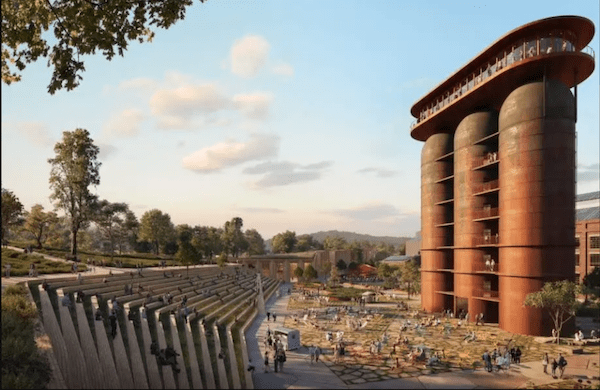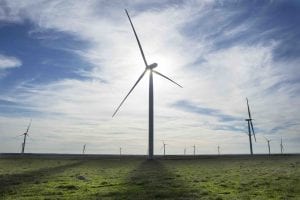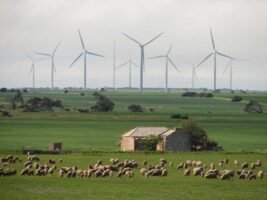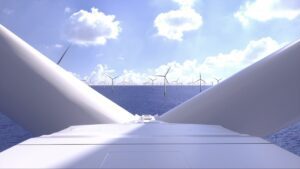Bluescope has dumped a key plank of its $217 million Port Kembla expansion, after realising wind turbine parts made on site would not fit under bridges crossing the M1 motorway.
Along with plans to build turbine parts on site, the steel giant has also axed a number of jobs it promised would come with the expansion, from 300 to to 95 construction jobs and 14 ongoing roles.
In its Environmental Impact Statement (EIS), Bluescope said it would still provide plate steel for wind turbine manufacturing at its Advanced Steel Manufacturing Precinct, after advice from Transport for NSW (TfNSW) indicated there was little chance of raising bridges to cater for the new industry.

Without the wind tower manufacturing hub, the value of the precinct has now been cut from between $212 million and $250 million, to $206 million.
The change in plans shows how challenging establishing a renewable energy manufacturing base can be, with details such as low-hanging bridges and narrow residential streets creating hurdles.
“There are just some restrictions from a road bridge infrastructure perspective that make it difficult for the fabrication of wind towers to occur in this region,” said BlueScope CEO Mark Vassella in comments reported by news media.
“Physically you can’t transport the wind towers because of the size of them and get them under existing bridge infrastructure.”
Bluescope has known for some time that its wind manufacturing plan would be defeated by bridges.
The NSW Ports 40-year plan outlined in June the problem: bridge heights over the Princes Highway are between 5 metres and 5.4m, but wind tower diameters are expanding from 4.5m to 5.5m and 6.5m.
TfNSW met with the company last year and said in its submission on the project that Corrimal St and Bourke St were not suitable for large-scale trucking.
Half the challenge is getting there
Getting wind turbine parts from A to B is an engineering challenge in itself.
In September, NSW’s EnergyCo signed a Memorandum of Understanding with TfNSW to upgrade the state’s road network during construction of Renewable Energy Zones.
Already, roads around Australia are being put the test by increasingly enormous wind turbine components, including 80 metre-long blades that weigh 32 tons, ferried by 92 metre-long “blade-runner” trucks that – with their load included – weigh closer to a total of 100 tons.
In South Australia, getting parts from Port Adelaide to the Goyder’s Line wind farm requires a circuitous 344km route to avoid weak bridges and small roads.
Even the transmission equipment requires special treatment: Australia’s first first 330 kV Phase Shifting Transformer had to travel 900km from Port Adelaide to Borunga in NSW in order to travel on roads able to bear the weight of the 374 tonne piece of kit.
Spanish developer Acciona Energy imported two “Blade Manipulator” trucks to get parts to its 923MW MacIntyre wind farm in southern Queensland.
These trucks use a hydraulically operated adapter mounted on a 10 axle trailer that can manipulate a single 29,000kg blade around tight corners and over vegetation by raising it on an angle to a maximum of 40 degrees.
Refocus on making steel for new industries
In 2020, Bluescope announced a $20 million investment to expand the use of locally-made components in key industries, as it prepared to cater to an expected surge in demand for materials from both a renewed appetite for local manufacturing and from the renewables sector.
Half was intended to pay for a small part of the refurb of the Port Kembla site, and half was to be paid out as incentives to companies wanting to build manufacturing bases on the site, with a focus on those building equipment for wind towers, solar farms, pumped hydro, and electricity transmission facilities.
And last year then-energy minister Angus Taylor gave Bluescope a $55 million Commonwealth grant to provide steel for defence manufacturing and also for renewables projects, with the wind tower facility a key drawcard.
For the last 18 months, it’s been working on a master plan for the 200 hectare piece of land.
Now, the project’s focus is replacing furnaces and upgrading the existing plate mill from 430,000 tonnes of plate steel to 600,000 tonnes.










